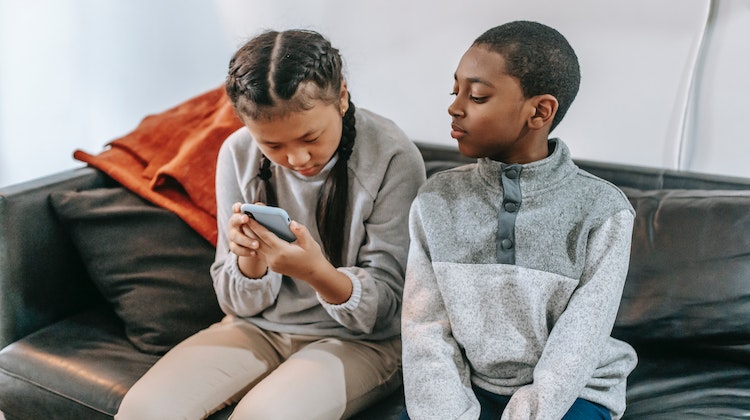
Photo Credit: pexels
By now, you’ve probably heard of the many ills that social media is causing to our nation’s teens and young adults. That’s largely the result of successful grassroots awareness campaigns, all designed to teach people about the potential perils of social media. And now, based on all the great awareness work that has already been done, a range of clinicians, psychologists, and educators are developing new guidelines for social media use.
Take, for example, what the American Psychological Association (APA) did. They just released a list of 10 social media guidelines for teens, all of them following a “science-based and balanced” approach. In other words, these are all practical guidelines grounded in science. The guidelines recognize that social media is here to stay, so there’s nothing in there to suggest that we should somehow “turn off” social media to teens. Instead, we need to find new coping and operating mechanisms to make social media work as it was designed to work. Simply limiting screen time is no longer enough.
It’s Time We Provide Social Media Training To Teens
One big emphasis of these social media guidelines is that there should be increased collaboration between parents, educators, and teens. Together, they should be looking for ways to reduce cyber bullying online, and to understand both the good and bad aspects of social media.
The APA also suggests the need for real-world social media training for teens. At first, that might sound a bit too reactionary. Wait, doesn’t everyone know how to use Facebook, Twitter, Instagram, and TikTok? But here’s the thing – most teens have absolutely no coping mechanisms for dealing with factors like peer pressure, and that’s something that can be taught.
In fact, it might even be teachable in a classroom environment. Why not a mandatory social media training class (or, at least, workshop) for young teens on the first day of college? As soon as they hit the campus, they should know about resources they can tap into, as well as the various ways that the college or university has their back. It’s actually mind-blowing that every college does not already have something like this already.
Social media is like learning how to drive a car
There’s a great way to think about these social media guidelines published by the APA, and it involves learning how to drive a car. You don’t just hand over the keys to your car as soon as your son or daughter turns 16, do you? No, of course not. First, you do some practice driving with them, and make them get out of some tough spots, like trying to parallel park in a crowded urban environment. You educate them about how the vehicle handles in certain extreme weather environments, and you teach them about how important it is to maintain a vehicle so that it runs correctly.
That same time of analogy can be applied to the world of social media. Facebook or Instagram is neither inherently good nor evil, just like a car is not inherently good or evil. But teens need to know the inner workings of social media, and they need to know how it handles under extreme conditions. They need to know how to maintain their accounts, and keep them safe. Only then will teens be able to avoid some of the adverse mental, physical, and psychological effects of using social media the wrong way.